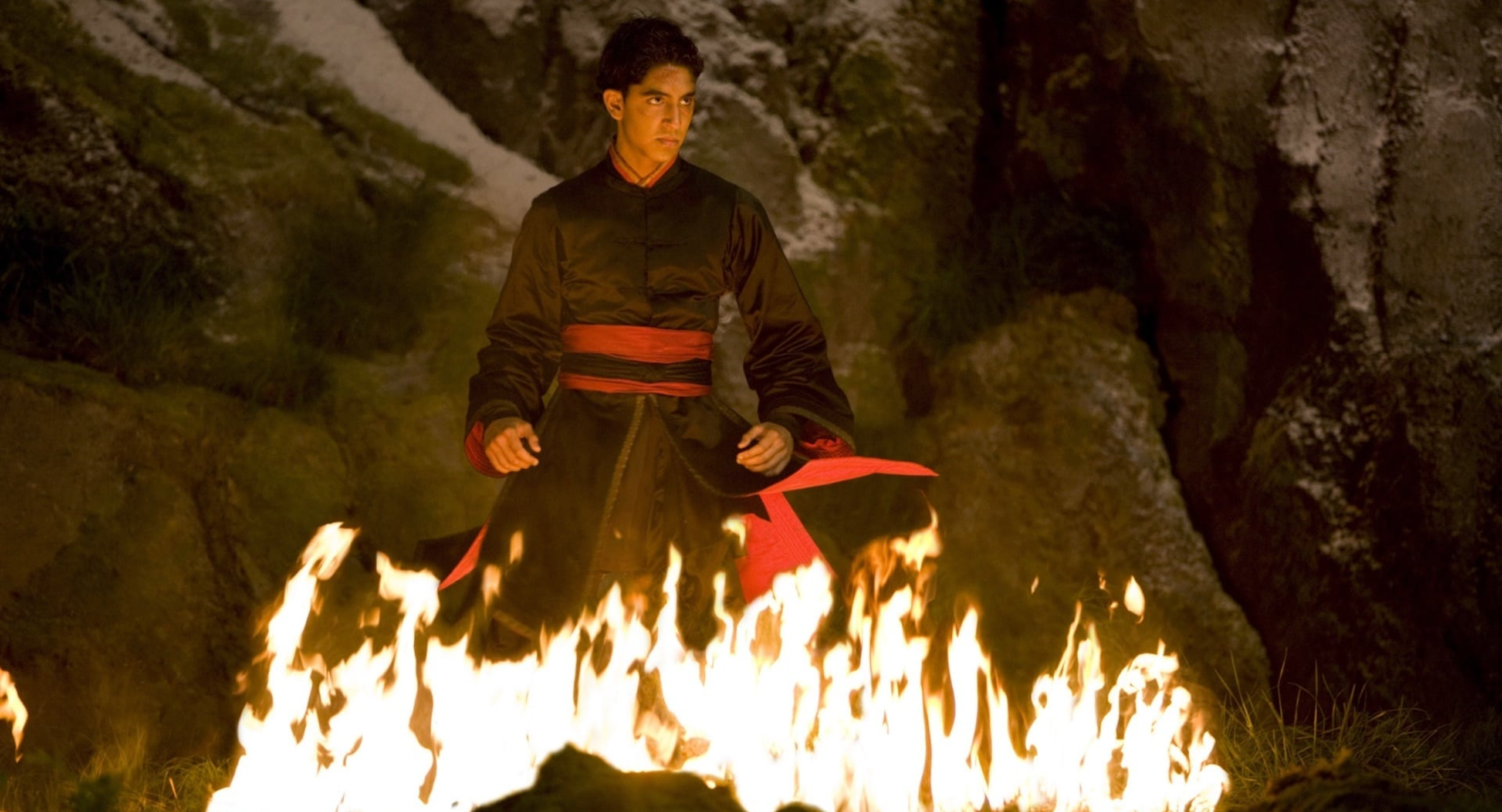The Last Airbender – Film Review
Published April 17, 2024

In 2010, when M. Night Shyamalan announced his live-action adaptation of the widely celebrated animated series Avatar: The Last Airbender, fans of the original material waited with bated breath, hoping for a cinematic homage that would do justice to the intricate world they had come to adore. Sadly, the resulting film, The Last Airbender, was a stark deviation from these expectations, managing to disappoint not just the loyal fan base but also failing to resonate with a new audience, marking itself as a cinematic misadventure.
From the outset, The Last Airbender faced a plethora of issues, starting with its casting decisions, which sparked controversy and discussions on whitewashing in Hollywood. The characters of Katara and Sokka, portrayed by Nicola Peltz and Jackson Rathbone respectively, who are depicted in the series as members of the Water Tribe with Inuit-inspired cultures, were played by Caucasian actors, leading to public outcry and setting a bleak tone for the movie’s reception. Dev Patel’s portrayal of Prince Zuko, while being one of the more competent performances in the film, also could not escape the cloud of the casting controversies that surrounded it.
However, casting was just the tip of the iceberg. One of the film’s most significant shortcomings was its script. The dialogue felt unnaturally stilted and lacked the warmth and humor that made the characters of the original series so beloved. In an attempt to condense a season’s worth of content into a 103-minute movie, Shyamalan stripped away the narrative’s emotional depth, leaving behind a shell that seemed to rush from one plot point to another without giving scenes and relationships the space to breathe and develop naturally. The complex motivations and dynamic relationships that were central to the series felt oversimplified and underdeveloped.
Furthermore, the movie struggled profoundly with its pacing and storytelling structure. It attempted to cram an entire season’s worth of stories into one film, resulting in a rushed narrative that failed to properly introduce its world or its characters. Exposition was often clumsily handled through awkward dialogue and narration, which rather than immersing the audience into the story, further distanced them. The rich lore and character development, a hallmark of the animated series, were relegated to the background, replaced by a series of disconnected scenes that seemed to leapfrog from one to another without a cohesive narrative thread.
On a visual front, The Last Airbender left much to be desired as well. Although there were brief moments where the special effects shone, particularly in some of the bending sequences, these instances were few and far between. For a film that revolves around the elemental bending arts, the effects were surprisingly lackluster and failed to capture the awe-inspiring nature of these abilities as depicted in the animation. Scenes that should have been visually spectacular felt underwhelming, undermining one of the core aspects of the source material’s appeal.
The direction and cinematography of the film did little to alleviate these issues, with many crucial scenes shot in a manner that failed to convey the grandeur and scope of the narrative. Key moments lacked the emotional weight or visual flair necessary to make them impactful, often feeling flat and uninspired. Action sequences, pivotal to a story steeped in martial arts and magical abilities, suffered from confusing choreography and editing, leaving them devoid of the excitement and clarity that defined the animated series’ battles.
Moreover, the adaptation made some perplexing choices in terms of its adaptation of the source material, notably in its pronunciation of character names, which for fans of the series, served as a constant reminder of how far removed the movie was from its beloved origins. Such decisions seemed to symbolize a broader disconnect with the original material, suggesting a lack of understanding or perhaps respect for the source content and its fanbase.
Despite these many flaws, it’s important to note that not all was lost in The Last Airbender. James Newton Howard’s musical score stood out as a beacon of quality, offering a rich and immersive aural experience that, in moments, almost lifted the film to the epic heights it aimed to reach. Unfortunately, a commendable score alone could not compensate for the movie’s profound narrative and conceptual missteps.
The Last Airbender is a film that fundamentally misunderstood what made the original series so good. By attempting to compress a season’s worth of intricate storytelling and character development into a single film, it sacrificed the heart and soul of the narrative, delivering a cinematic experience that was both narratively and emotionally unsatisfying. Its myriad of problems—ranging from misguided casting to lackluster visuals and a disjointed narrative—ensured its place as a disappointing chapter in the adaptation of beloved source material.
